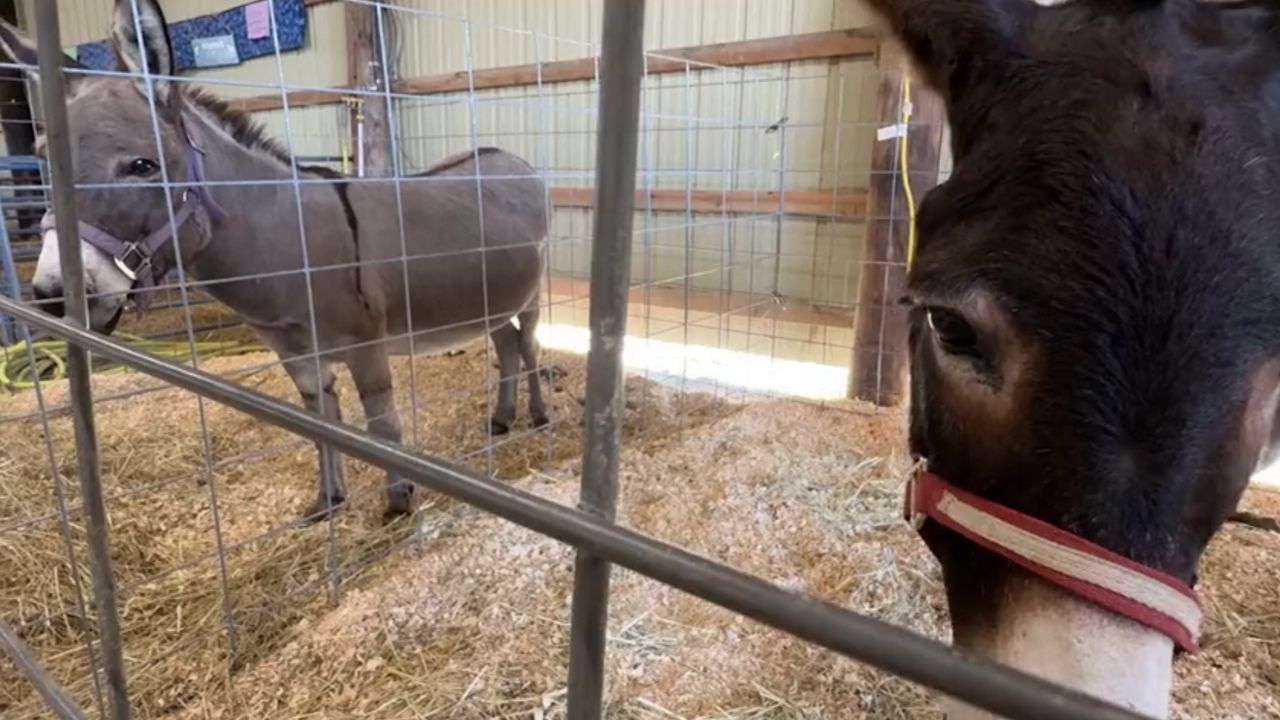Melinda Lane of Oak Acres Farm had a group of eager children around her while describing what separates a sheep from a goat.
“The main difference between the two is the way the tail points. Goat tails point straight up, while sheep tails hang downwards,” said Lane to the group of kids.
This sharing of knowledge comes as the town of Farmington held its annual Agriculture Education Day as part of the 183rd Farmington Fair.
Agricultural workers from across the state come with a focus on educating the younger generations into an industry that has been on the decline.
“There’s just not as many kids going into the agriculture industry and because of this, farms are closing down,” said Sarah Churchill, a farmer from River Run Farm. “The more education, the more exposure these kids receive, the more interest they might show.”
Figures from the United States Department of Agriculture’s 2022 Census of Agriculture found that the number of farms from 2017 to 2022 decreased. Over the five-year span, the number of farms went from 7,600 to 7,036, the lowest number of farms since 1997.
The census also shows the number of total croplands during the five years decreasing by more than 20,000 acres. Meanwhile, the cost of farmland and machinery increased, showing the importance of maintaining what farms are left in the state.
“We are one of the backbones of the Maine economy,” said Churchill. “Without agriculture, we wouldn’t the fresh food in stores that goes from our farm to your table. This is our livelihood, and we want to make the best food we can for our local communities.”
Monday’s Agriculture Education Day saw what Lane called a “resurgence” for the industry. She says children and young adults were asking very good important questions about her cows, listening and sharing the knowledge they know and most importantly – looking to get into agriculture.
The interactions and connections Lane made with the younger generations gave her hope for the industry.
“It’s pretty nice to see that these kids want to learn more about the [agriculture] industry,” said Lane. “A lot of people are going back to the land and realizing that there are a lot of responsibilities for taking care of animals. They want to put the work in, and I really appreciate seeing that.”



